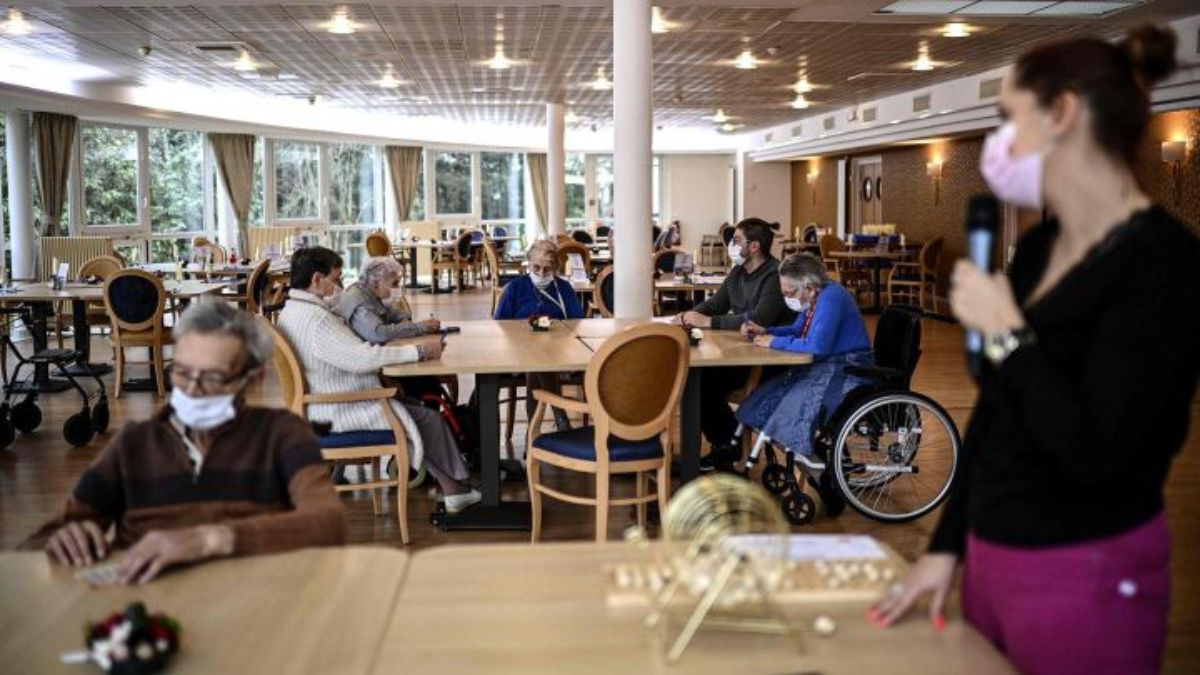[ad_1]
Each month, millions of workers pay part of their income to the Social Security Administration, the logic being that in retirement most people will depend on social security benefits.
In 2019, the Social Security Administration (SSA) paid benefits at no less than 180 million people each month, the majority of which were the elderly.
In January 2021, the average monthly social security contribution was assessed at $ 1,534. To supplement their income, many workers have private retirement accounts, like an IRA, to which they also contribute throughout their careers. However, only around 56% of workers have access to these accounts, leaving some retirees fully dependent on SSA services.
In 1973, to ensure that these benefits can increase with inflation, Congress demanded that cost of living adjustments, or COLA, be determined and applied to payments for the following year. Those with a fixed income are particularly likely to inflationbecause they have no real control over their income. In addition, benefit recipients cannot work, i.e. if they experience a decrease in their disposable income due to an inflation-induced increase in prices, they end up with few options.
When will the COLA 2022 announcement be announced?
Each year, the Social Security Administration announces the increase in COLA in October.
In 2020, the SSA determined a COLA of 1.3 percent, which as prices rose rapidly during the year, left many seniors with budget deficits. On September 14, the Bureau of Labor Statistics reported that since last August, the Consumer price index recorded an increase of 5.3 percent on all items in the index. Some organizations believe that the increase for 2022 could be more than four times the one seen in 2021.
What is the consumer price index?
The Consumer Price Index (CPI) measures the change in prices paid by consumers for goods and services.
Source: BLS
Senior Citizen League releases historic projection
The Senior Citizen League, an organization that advocates for the rights of older people, released a new projection for COLA 2022 that included a increase between 6 and 6.1 percent.
“Social Security recipients are likely to achieve an annual cost of living adjustment (COLA) of 6% to 6.1% in 2022, according to the Senior Citizens League… the highest since 1982.” The new number: the basis for all future benefits. SS never pays less than the year before.
– Paul Solman (@paulsolman) September 14, 2021
Other screenings from various organizations, including Moody’s Analytics and the economics blog Calculated risk both released lower projections of 5.6 and 5.8 percent, respectively
Marie johnson, a social security policy analyst for the Senior Citizens League, said in a statement released by the organization that their “forecasts are based on CPI data up to August, and there is still a month of consumer price data to come before having the official announcement. “
The organization also explained how this year’s COLA calculator will be particularly difficult given “The inflation patterns, caused in large part by the COVID-19 pandemic”, which have been described as “unprecedented. “
Over the past decade, the Senior Citizen League has reported that “COLA fails to keep up with their actual cost increases. “This year, as commodity prices have risen, both fixed income people and SSI beneficiaries have suffered greatly to cover basic costs. The organization maintains that it is high time for a significant increase in COLA because they “hear that people are reducing their spending in pprescriptions and groceries because these are the last things they have left to cut.
Do Social Security Benefits Help Keep Seniors Out of Poverty?
In April 2021, the Congressional Research Service released a report “Poverty among the population aged 65 and over” which indicated that in 2019, 8.4% of the elderly were living in poverty.
Unfortunately, the statistics are becoming darker looking at older groups. The researchers found that “about 11.1% of people aged 80 and over lived in poverty, against poverty rates of 9.2% among 75-79 year olds, 7.4% among 70-74 year olds and 8.4% among 65-69 year olds.
The main motivation behind the creation of social security benefits was to help the elderly stay out of poverty. After working for decades it has become a Shared value within American society that the older people should not live in poverty.
However, the Congressional Research Service confirmed in its analysis that these benefits “would not be enough to eliminate poverty for a large number of older Americans.“In 2019, the poverty rate for beneficiaries aged 65 and over was 6.8 percent.
Social security benefits are often attributed to alleviating poverty among the elderly. However, this is not entirely true. The research agency pointed out that while “the proportion of people aged 65 and over living in poverty has declined over the last five decades, the number of poor elderly people haveincreasing since the mid-1970s as the total number of the elderly population has increased.
[ad_2]

